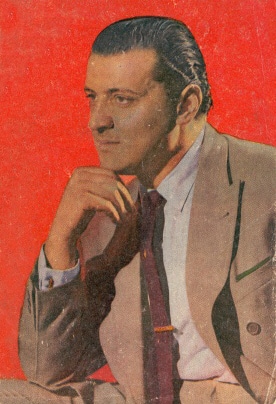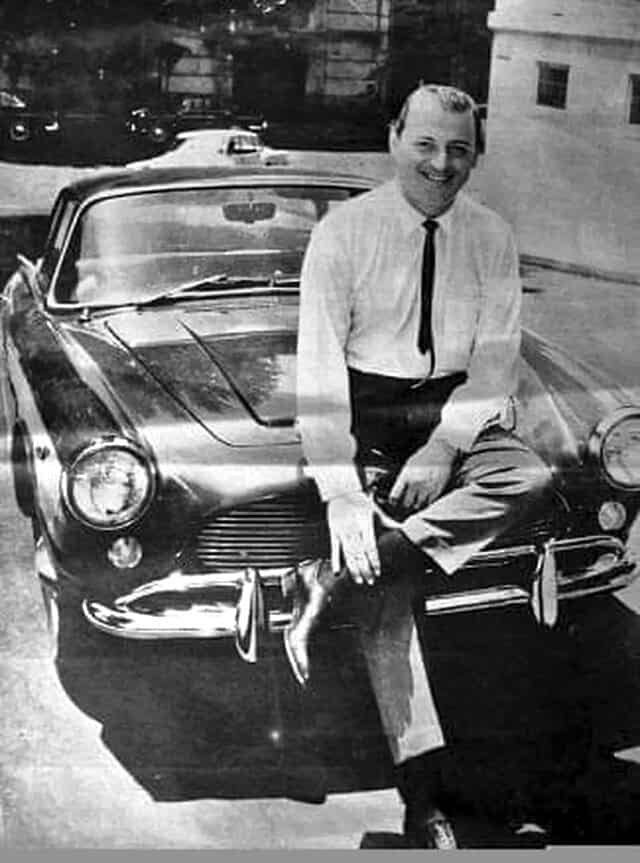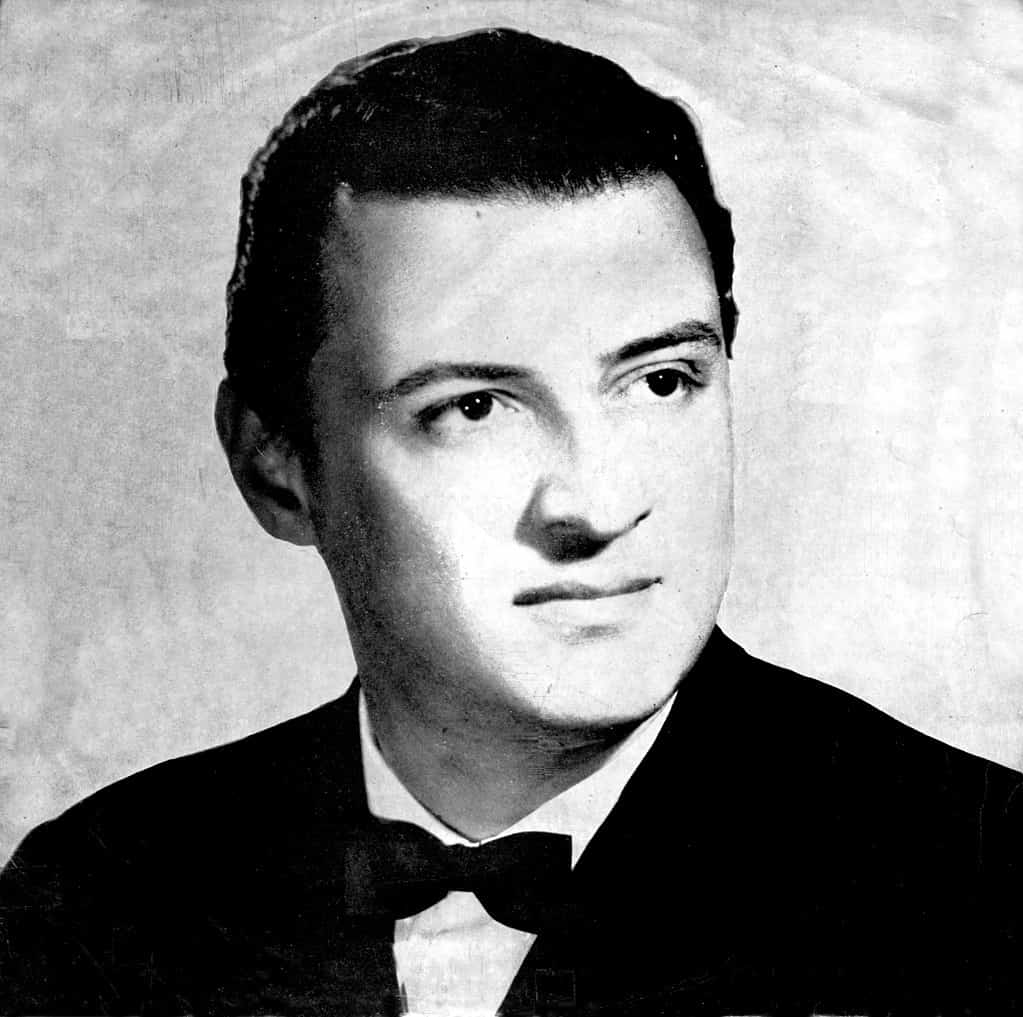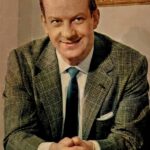Julio María Sosa Venturini, better known as Julio Sosa, “El varón del tango” (The man of tango), was maybe the most popular Tango Singer of the late 1950s and 1960s. While his recordings are rarely played at Milongas, since they do not cater to Dancers, they are remarkable and modern interpretations with a unique expressive style that still makes for good listening today.

Biography: From Humble Beginnings to Tango Royalty
Born on February 2, 1926, in Las Piedras, Uruguay, Julio Sosa‘s journey began in the heart of a humble family. Facing financial hardships in his youth, he took on various informal jobs, known locally as “changas.” In 1942, he married Aída Acosta but separated three years later.
Sosa’s musical career kicked off as a vocalist in Carlos Gilardoni’s orchestra in La Paz, later moving to Montevideo to collaborate with renowned orchestras. His fame soared after his move to Buenos Aires in 1949, where he became a central figure in the tango scene.
Musical career: A Tango Maestro’s Path
During his illustrious 15-year career in Argentina, Sosa lent his voice to three orchestras, from Francini-Pontier to Francisco Rotundo and Armando Pontier, each phase brought forth unique recordings, including such songs as “Tiempos viejos,” “Cambalache,” and “Nada”.
Sosa’s personal life unfolded with marriages, divorces, and partnerships. In 1958, he married Nora Edith Ulfeldt, leading to the birth of his daughter, Ana María. However, the union was short-lived, and Sosa later found companionship with Susana “Beba” Merighi. In 1960, he penned his only book, “Dos horas antes del alba.”
Tragic End: The Untimely Demise of a Tango Legend and Legacy
On November 26, 1964, tragedy struck as Sosa’s red DKW Fissore collided with a traffic light in Buenos Aires. Despite efforts to save him, he succumbed to his injuries that evening. The circumstances surrounding his death became a subject of speculation, with his wife Susana Merighi asserting foul play.
Sosa’s funeral, initially at Salón La Argentina, moved to Luna Park due to the overwhelming public attendance. He was laid to rest in Cementerio de la Chacarita, later repatriated to Uruguay in 1987.

Julio Sosa’s musical legacy lives on through albums like “El Varón del Tango” and “Con permiso soy el Tango.” His discography, accompanied predominantly by the orchestra of Leopoldo Federico, continues to resonate with tango enthusiasts worldwide.
Top 10 Most Important Tango Songs by Julio Sosa
- Song: Justo el 31
- Recording Year: 1953
- Orchestra: Francini-Pontier
- Singer: Julio Sosa
- Details: A classic that captures the essence of Sosa’s early career, loved for its emotional depth.
- Song: Bien bohemio
- Recording Year: 1953
- Orchestra: Francini-Pontier
- Singer: Julio Sosa
- Details: Known for its evocative lyrics, this song showcases Sosa’s ability to convey deep emotions through his voice.
- Song: Mala suerte
- Recording Year: 1953
- Orchestra: Francini-Pontier
- Singer: Julio Sosa
- Details: A melancholic piece that resonates with tango enthusiasts for its haunting melody and Sosa’s poignant interpretation.
- Song: ¡Quién hubiera dicho!
- Recording Year: 1955
- Orchestra: Francisco Rotundo
- Singer: Julio Sosa
- Details: A timeless tango that reflects Sosa’s versatility, combining traditional elements with a touch of modernity.
- Song: Padrino Pelao
- Recording Year: 1955
- Orchestra: Francisco Rotundo
- Singer: Julio Sosa
- Details: This energetic composition showcases Sosa’s dynamic vocal range and remains a favorite in tango dance events.
- Song: Cambalache
- Recording Year: 1955
- Orchestra: Francisco Rotundo
- Singer: Julio Sosa
- Details: A tango with social commentary, “Cambalache” is celebrated for its powerful lyrics and Sosa’s compelling rendition.
- Song: Abuelito
- Recording Year: 1957
- Orchestra: Armando Pontier
- Details: This heartfelt piece pays homage to the past, with Sosa’s vocals adding a touch of nostalgia and warmth.
- Song: Seis Años
- Recording Year: 1960
- Orchestra: Armando Pontier
- Details: A reflective tango that highlights Sosa’s maturity as an artist, captivating listeners with its emotional intensity.
- Song: La cumparsita (por que canto así)
- Recording Year: 1961
- Orchestra: Leopoldo Federico
- Details: Sosa’s interpretation adds a fresh perspective to the classic “La cumparsita,” infusing it with his distinctive style.
- Song: Guapo y varón
- Recording Year: 1964
- Orchestra: Leopoldo Federico
- Details: A powerful and upbeat tango, “Guapo y varón” showcases Sosa’s enduring charisma and remains a lively choice for tango dancers.
Each of these songs encapsulates the essence of Julio Sosa‘s contribution to the world of tango, making them timeless classics that continue to inspire dancers on the milonga floor.
Frequently Asked Questions about Julio Sosa
What was Sosa’s contribution to the tango music scene?
Sosa had a prolific 15-year career in Argentina, during which he sang with three different orchestras, leaving a lasting impact on the tango landscape. His powerful voice, emotive delivery, and ability to connect with the soul of tango set him apart.
Can you tell me about Julio Sosa’s significant recordings and collaborations?
Sosa recorded with orchestras such as Francini-Pontier, Francisco Rotundo, and Armando Pontier. Notable recordings include “Justo el 31,” “Bien bohemio,” and “La cumparsita.”
How did Julio Sosa’s death impact the tango community?
Sosa’s death was a significant loss to the tango community. His funeral drew immense public attention, reflecting the deep connection fans had with his music. His legacy continues to influence tango enthusiasts worldwide.
Are there any books or biographies about Julio Sosa?
While there may not be an abundance of books, Julio Sosa wrote his own book titled “Dos horas antes del alba” in 1960, offering insights into his life and thoughts.






